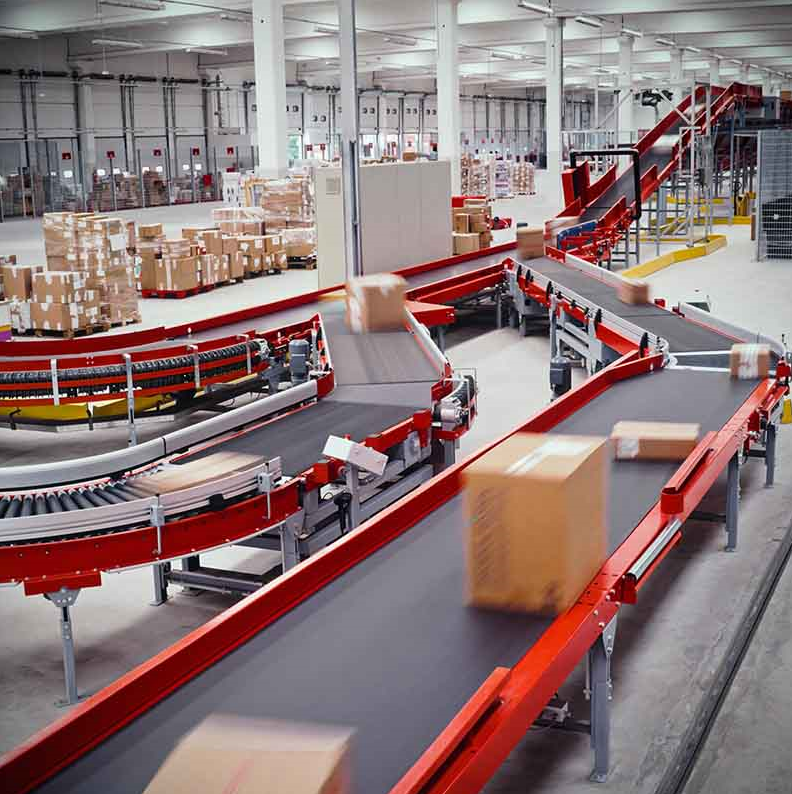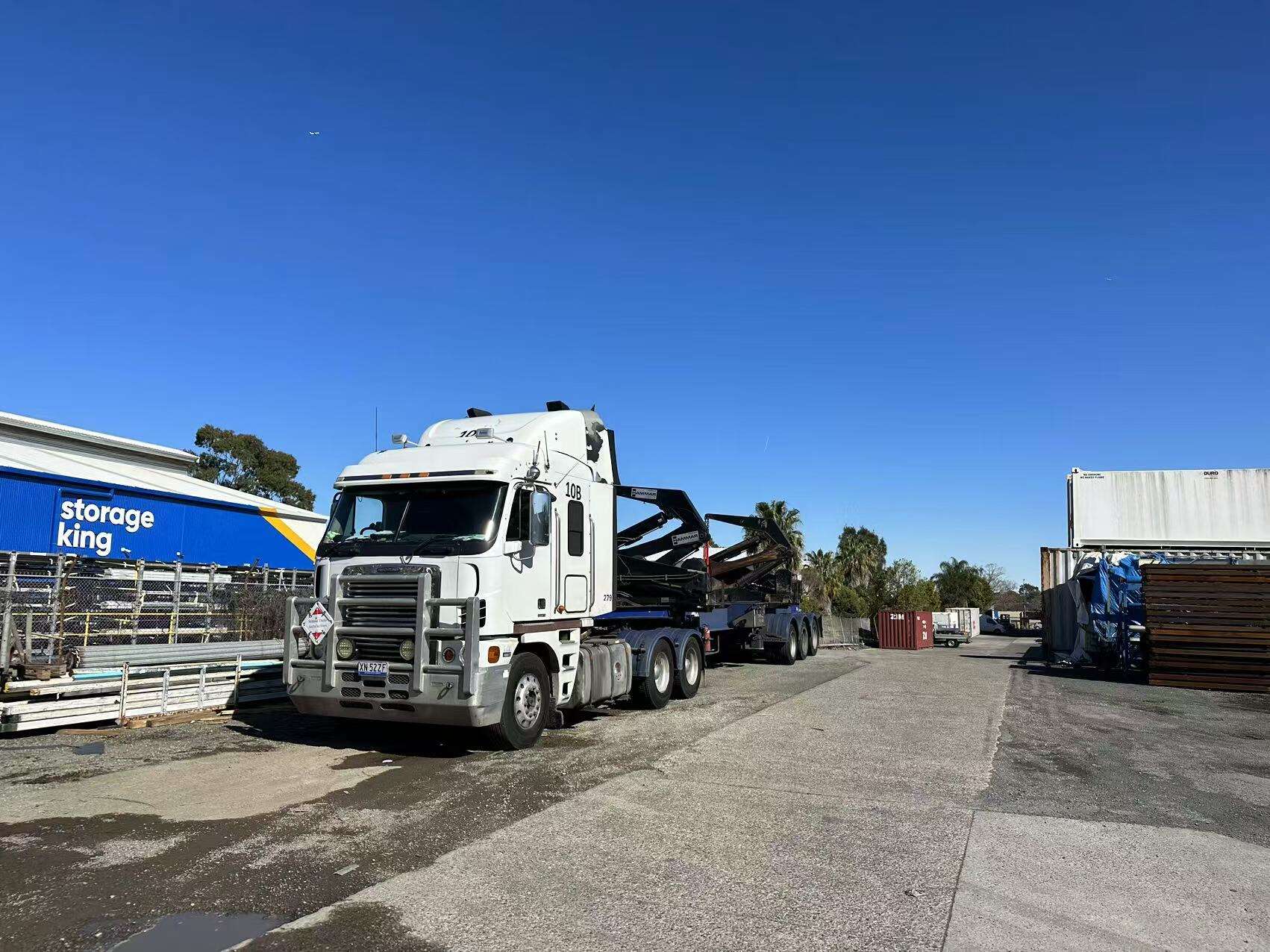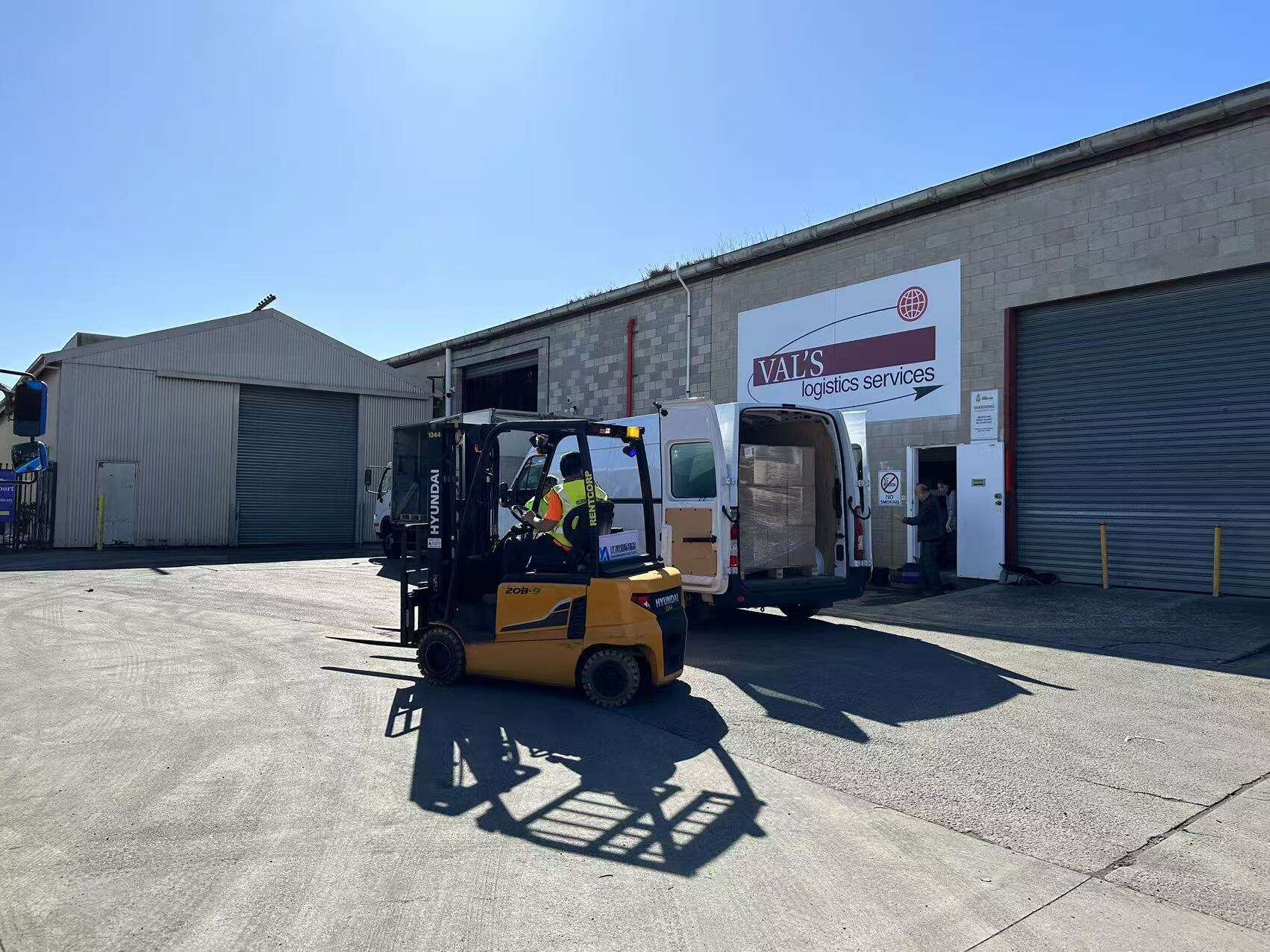Navigating Regulatory Compliance in International Food Logistics
Shipping food around the world means dealing with all sorts of regulatory hurdles. According to the Food Logistics Market Report from 2023, about three out of four logistics teams say compliance issues are their biggest headache when moving food products across borders. The FDA has these strict rules under FSMA about keeping things clean during transport. Companies need to have proper cleaning procedures in place and make sure staff knows what they're doing. Then there's the matter of meeting different international standards too. Standards like ISO 22000 for managing food safety and those set by IATA for handling perishables create even more work for businesses operating in multiple countries at once.
Looking at customs data from 2024 reveals that nearly one in five food shipments gets stuck somewhere because paperwork is missing or certifications don't match up. Big companies in the industry have started adopting these digital compliance systems to keep tabs on all those different country requirements. Think about Japan's complicated JAS organic labels versus what the EU demands for Novel Foods - it's a nightmare trying to keep track manually. What these platforms do is actually pretty impressive, connecting local rules like Mexico's NOM-051 labeling standards with what international markets expect when they import goods. Some businesses report saving weeks of processing time just by switching to this kind of system.
The FSMA Final Rule extends accountability across the supply chain:
- Carriers must verify trailer sanitation records
- Loaders need temperature control validation before sealing containers
- Receivers retain liability for reporting temperature deviations within one hour
With the global food logistics market projected to reach $222.44 billion by 2033, continuous regulatory training has reduced compliance errors by 64% at top manufacturers (Vocal Media Food Logistics Study). Real-time monitoring systems now flag potential certification conflicts 72 hours before border crossings, preventing 82% of refrigeration-related rejections at EU ports.
Maintaining Temperature Integrity in Cold Chain Shipping
Temperature Control for Frozen, Chilled, and Fresh Perishables
Effective cold chain logistics require precise temperature zoning:
- Frozen goods: Maintain -18°C (±2°C) to inhibit bacterial growth and ice crystal formation
- Chilled foods (dairy, meats): Hold at 2–4°C to slow enzymatic degradation
- Fresh produce: Use 4–10°C with humidity controls to delay ripening
According to cold chain management standards, 32% of spoilage stems from improper initial cooling before transit. Hybrid refrigeration systems combining phase-change materials with electric cooling help stabilize temperatures during power fluctuations.
Cold Chain Management Across Borders and Climate Zones
Shipping foodstuffs internationally demands adaptive protocols for extreme environments:
- Arctic routes (-40°C ambient) requiring heated containers
- Tropical regions where external temperatures exceed 40°C
- Customs delays necessitating 72+ hour thermal buffer capacity
A 2023 Global Cold Chain Alliance study found that shipments crossing three climate zones carry an 18% higher risk of temperature excursions than single-zone transfers.
Real-Time Monitoring Technologies and Spoilage Prevention
IoT-enabled systems provide 94% predictive accuracy in detecting anomalies through:
| Technology | Function | Error Margin |
|---|---|---|
| RFID tags | Track location + ambient temp | ±0.5°C |
| CO₂ sensors | Detect package breaches | 0–5% RH variance |
| Ethylene monitors | Predict produce ripeness | 2–8 ppm sensitivity |
Automated alerts enable rerouting compromised shipments within four hours, reducing waste by 27% compared to manual checks (Food Logistics Report 2023).
Ensuring Continuous Compliance During Transit Handoffs
Standardized handover protocols require:
- Dual-signed temperature logs at each transfer point
- No more than 15 minutes of exposure during container transfers
- Third-party verification of refrigeration units before reloading
Leading logistics firms report 41% fewer compliance violations after implementing blockchain-powered audit trails for cold chain custody.
Packaging, Labeling, and Traceability for Global Food Shipments
Compliance-Driven Packaging for Temperature-Sensitive Foodstuffs
When shipping food across borders, packaging needs to handle both what the regulations require and what actually works in practice. For keeping frozen meats at around -18 degrees Celsius and fresh produce between zero and four degrees, insulated boxes with vacuum seals do the trick pretty well. Some companies also use those special gel packs that change state as they absorb heat, helping keep things cool throughout the entire three day journey from warehouse to store shelf. The European Union has set some pretty ambitious targets here too, wanting at least half of all plastic packaging to come from recycled materials by the end of next decade. This pushes manufacturers to find ways to be greener without compromising on safety standards for food contact materials.
Mandatory Labeling Requirements and Multilingual Declarations
Labels must satisfy over a dozen regulatory bodies, including:
- ISO 22000-aligned nutritional panels
- Multilingual allergen declarations (EU’s General Food Law Regulation 178/2002 requires readiness in up to 24 languages)
- USDA-approved freeze/thaw cycle indicators
A 2023 study found 34% of import rejections stem from incorrect declaration formats, underscoring the need for automated labeling systems.
Traceability Systems and Batch-Level Record Tracking
Modern traceability reduces recall scopes by 80% through batch-level granularity (Food Safety Magazine 2023). Blockchain-enabled platforms link harvest timestamps, customs clearance certificates, and cold chain deviation alerts. This end-to-end visibility resolves contamination incidents within seven hours—versus the industry average of 53.
Digital Documentation and Audit Preparedness Tools
Cloud-based platforms centralize Certificates of Analysis (CoA), phytosanitary records, and HACCP validations, cutting audit preparation time by 65%. Automated workflows flag expired carrier licenses or missing temperature logs, ensuring compliance during multi-modal handoffs.
Sanitation Protocols and Equipment Maintenance in Food Transport
FDA and USDA Sanitation Standards for Carriers and Loaders
The FSMA Final Rule (2023) requires carriers handling international food shipments to implement validated sanitation protocols, including monthly ATP swab testing (≥90% pass rate) and documented pest control. USDA Appendix A standards mandate transport surfaces withstand 200 PSI washdowns using EPA-approved sanitizers.
Vehicle Decontamination Best Practices and Maintenance Schedules
Top providers use a three-phase cleaning cycle:
- Alkaline pre-wash (pH 12.5) for lipid removal
- Enzyme-based biofilm eradication (30-minute contact time)
- Peracetic acid fogging (2% concentration) for microbial control
Semi-annual refrigeration coil inspections and quarterly door seal replacements prevent 83% of temperature deviations according to cold chain safety reports.
Preventing Cross-Contamination in Multi-Use Transport Units
Segregation protocols from the Global Food Transport Safety Initiative require physical barriers (minimum 50cm height) between allergen and non-allergen loads, along with color-coded equipment for raw and ready-to-eat products. Post-2021 FSMA updates mandate digital contamination risk scoring systems; 78% of inspected carriers now use AI-powered cargo compatibility analyzers before loading.
Streamlining Documentation and Operational Coordination
Essential Records: Temperature Logs, Training, and Traceability Data
Accurate recordkeeping prevents $17 billion in annual food spoilage losses during transit (WHO 2023). Modern protocols require carriers to maintain three core documentation categories:
- Temperature logs with 15-minute interval tracking for frozen shipments
- Staff training certificates aligned with FSMA sanitation standards
- Batch-level traceability data including origin timestamps and handler IDs
Digital-first systems reduce cargo holds by 32% compared to paper-based workflows through automated validation (International Trade Centre 2024).
Digital Compliance Platforms for Seamless Cross-Border Audits
Cloud-based platforms enable real-time sharing of customs declarations, phytosanitary certificates, and HACCP plans across 150+ countries. These systems auto-translate labels into 12 languages and convert PDF manifests into editable formats for last-minute corrections—critical when 18% of EU-bound shipments face documentation errors (Eurostat 2023).
Coordinating Shippers, Carriers, and Receivers for End-to-End Compliance
A 2024 Global Food Transport Initiative study found aligned operational frameworks reduce inspection delays by 41%. Key coordination mechanisms include:
- Unified blockchain-ledger systems for immutable audit trails
- Shared cold-chain performance dashboards
- Pre-arrival quality verification protocols
This multilayered approach ensures compliance continuity as shipments transfer between three or more intermediaries on 78% of international routes (World Bank Logistics Report 2023).
FAQ
What is FSMA and how does it affect international food logistics?
The FSMA (Food Safety Modernization Act) sets strict guidelines for food transportation safety, aiming to prevent contamination by enforcing hygiene standards and accountability across the supply chain.
How do digital compliance systems help in food logistics?
Digital compliance systems automate tracking of international regulations such as labeling standards, helping reduce time spent on paperwork and ensuring that shipments meet diverse international requirements.
Why is temperature control critical in cold chain logistics?
Proper temperature control inhibits bacterial growth and spoilage, ensuring food safety during transport. Different perishables require various temperature ranges to maintain their integrity.
How do real-time monitoring technologies prevent spoilage?
IoT-enabled technologies like RFID tags and CO2 sensors provide predictive accuracy in detecting anomalies, allowing for quick interventions to prevent spoilage and waste.
What role does packaging play in regulatory compliance?
Packaging needs to meet both regulatory requirements and practical conditions to maintain product safety during transit, such as maintaining specific temperature ranges or using recycled materials.
Table of Contents
- Navigating Regulatory Compliance in International Food Logistics
- Maintaining Temperature Integrity in Cold Chain Shipping
- Packaging, Labeling, and Traceability for Global Food Shipments
- Sanitation Protocols and Equipment Maintenance in Food Transport
- Streamlining Documentation and Operational Coordination
- Essential Records: Temperature Logs, Training, and Traceability Data
- Digital Compliance Platforms for Seamless Cross-Border Audits
- Coordinating Shippers, Carriers, and Receivers for End-to-End Compliance
- FAQ




